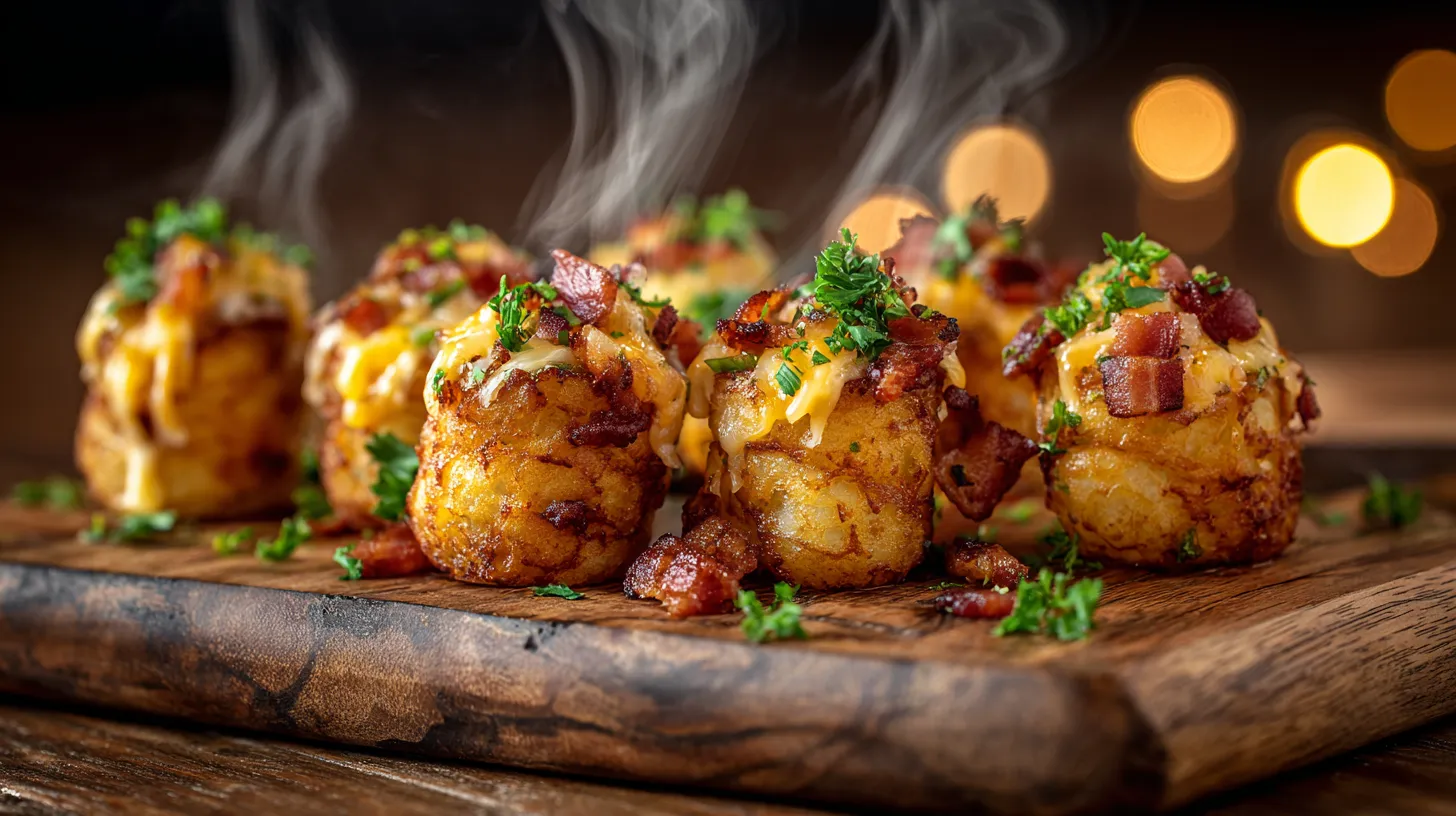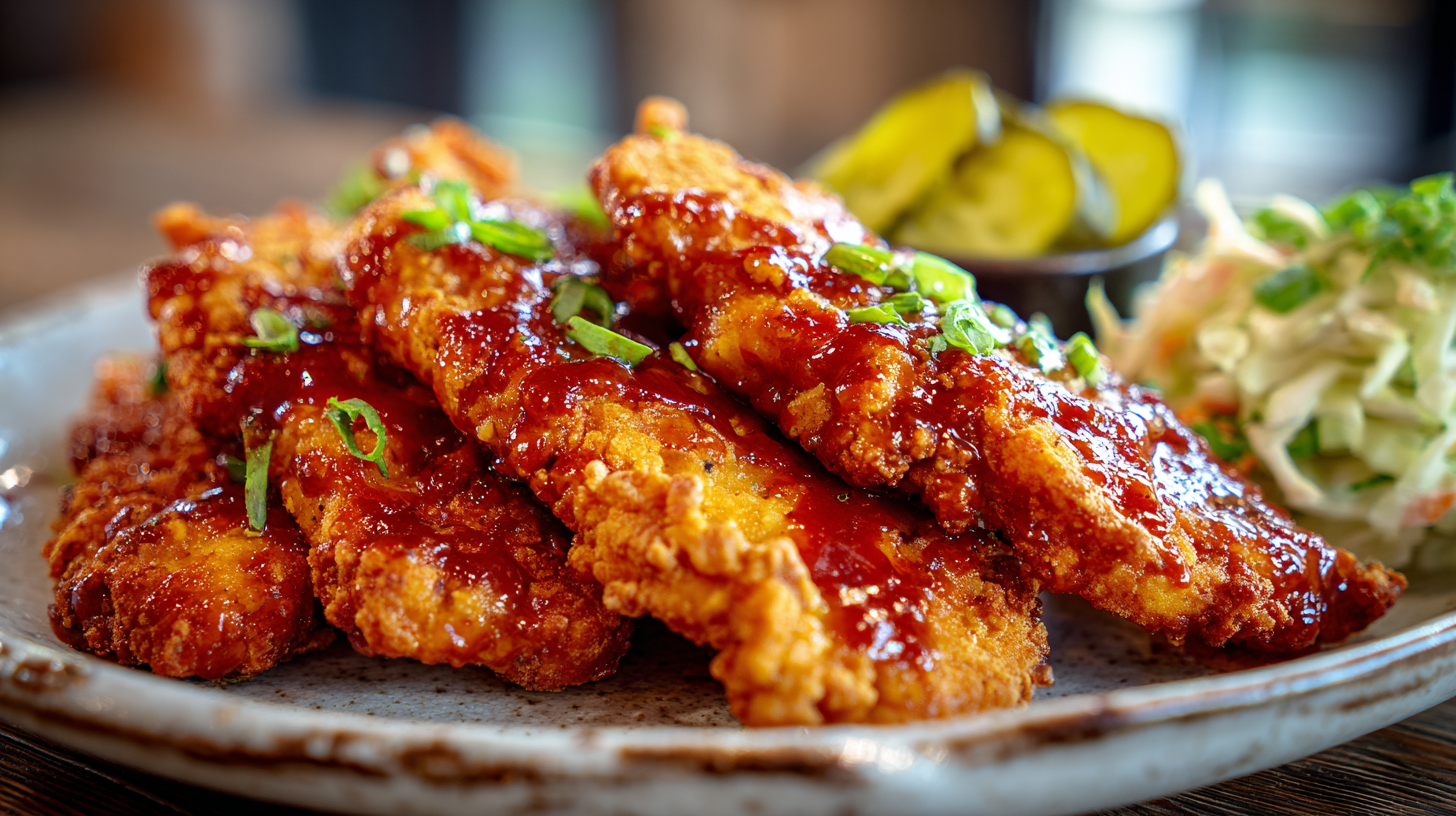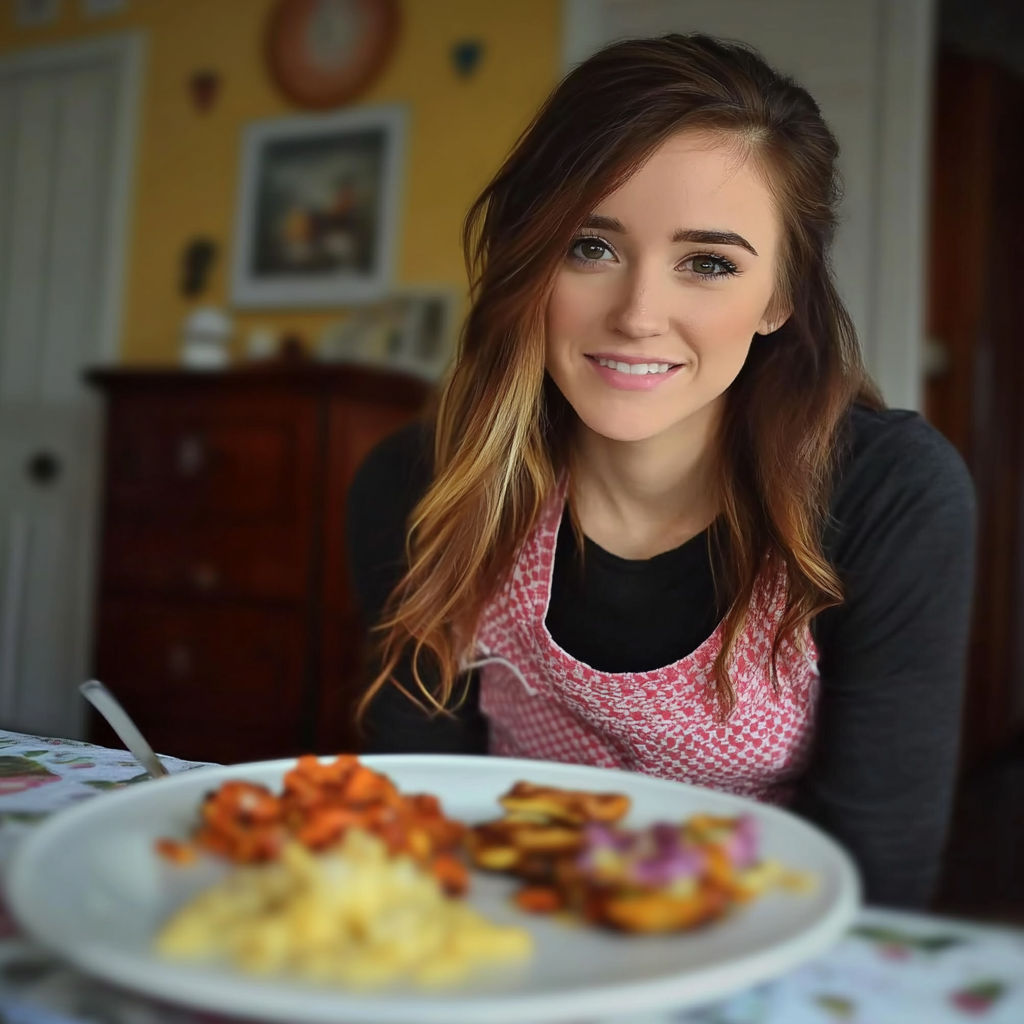Pecan Pie Cheesecake is a sumptuous dessert that marries the rich, nutty flavor of pecan pie with the creamy, velvety texture of cheesecake. This fusion dessert is becoming increasingly popular, offering a delightful treat for any occasion, from holiday gatherings to casual family dinners. In this guide, we’ll walk you through every step of creating this indulgent masterpiece, ensuring your baking endeavor is a resounding success.
Ingredients Overview
Achieving the perfect Pecan Pie Cheesecake starts with selecting the right ingredients. This dessert is composed of three main components: the crust, the filling, and the topping. Each element plays a crucial role in creating the dessert’s layered complexity, contributing to its rich flavor and varied texture.
The Crust:
- Graham cracker crumbs or vanilla wafers
- Finely ground pecans
- Light brown sugar
- Unsalted butter, melted
The Filling:
- Full-fat cream cheese, softened
- Granulated and/or light brown sugar
- Sour cream, at room temperature
- Vanilla extract
- Eggs, at room temperature
The Topping:
- Light brown sugar
- Dark corn syrup
- Unsalted butter
- Heavy cream
- Coarsely chopped pecans
Crafting the Perfect Crust
The foundation of any great pie cheesecake is its crust. A good crust not only provides texture and flavor but also supports the rich filling above. Here’s how to ensure your crust is perfect every time:
- Choose Your Base: Decide between graham cracker crumbs and vanilla wafers. Graham crackers provide a classic taste and texture, while vanilla wafers can add a subtle hint of vanilla.
- Mix with Pecans: Finely ground pecans are mixed into the base to infuse the crust with a deep, nutty flavor, echoing the pecan theme throughout the dessert.
- Sweeten: Light brown sugar adds a touch of sweetness and a hint of molasses flavor, complementing the nutty and buttery components.
- Bind with Butter: Melted unsalted butter acts as the binding agent, transforming the dry ingredients into a cohesive crust. Ensure the butter is evenly mixed for a firm base.
- Press and Chill: Once mixed, press the crust mixture firmly into the bottom of your pan. Chilling the crust before adding the filling helps set it, creating a solid base for the layers above.
Equipment Needed
Creating the perfect Pecan Pie Cheesecake not only requires the right ingredients but also the proper equipment. The tools you use can greatly influence the texture, appearance, and overall success of your dessert. Let’s delve into the essential equipment needed to make this indulgent treat a resounding success.
1. 9-inch Springform Pan
A 9-inch springform pan is indispensable for cheesecakes, including our Pecan Pie Cheesecake. Its design allows for easy removal of the cheesecake without damaging its delicate crust or creamy filling. The springform’s sides can be unlocked and removed, leaving the base as a serving plate. This pan size is perfect for achieving the ideal thickness of both crust and filling layers.
2. Food Processor or Mixer
A food processor or a good quality mixer is crucial for preparing the crust and filling.
- For the Crust: A food processor can quickly pulse the graham crackers or vanilla wafers and pecans into a fine crumb, ensuring even mixing with the melted butter and sugar. This results in a uniform crust that bakes perfectly.
- For the Filling: A mixer, whether stand or hand-held, is necessary to blend the cream cheese, sugars, sour cream, and vanilla extract until smooth. The goal is to incorporate air into the mixture for a filling that’s creamy and light, without overmixing and introducing too many air bubbles, which could lead to cracking.
3. Electric Mixer with Paddle Attachment
An electric mixer, particularly one with a paddle attachment, is ideal for making the cheesecake filling. The paddle attachment is designed to mix ingredients thoroughly without incorporating too much air, a key factor in achieving the dense, smooth texture that cheesecakes are known for. This tool is also essential for creaming the cheese and sugar together, ensuring that the mixture is free of lumps.
Mastering Your Baking Tools
Understanding how to use these tools effectively can elevate your baking from good to great. Each piece of equipment plays a specific role in the creation process, from crafting a perfectly pressed crust to achieving a smooth, velvety filling. For those looking to delve deeper into the world of baking, exploring a comprehensive overview of essential baking tools can provide valuable insights and tips for enhancing your baking endeavors.
Baking the Cheesecake
Baking the perfect cheesecake can sometimes feel like a quest for the Holy Grail. Cheesecakes are notorious for their propensity to crack, underbake, or overbake. However, with the right knowledge and techniques, you can achieve that creamy, smooth texture with a perfectly cooked crust every time. Our guide, “Baking the Perfect Cheesecake: Tips and Tricks,” is designed to help you navigate through the common pitfalls of cheesecake baking and emerge victorious with a dessert that’s sure to impress.

Ingredients and Preparation
- Quality Matters: Start with high-quality ingredients. Full-fat cream cheese is a must for that rich, creamy texture, and fresh eggs will help your cheesecake set properly.
- Room Temperature Ingredients: Ensure all your ingredients, especially cream cheese, eggs, and any liquid dairy, are at room temperature. This helps achieve a smoother batter without overmixing.
Crust Perfection
- The Base: A good crust is not just about taste but also about providing a stable base for your cheesecake. Graham cracker crumbs mixed with melted butter and a bit of sugar create a classic base. For something different, try crushed Oreos or gingersnap cookies.
- Baking the Crust: Pre-bake the crust for about 10 minutes at 325°F (163°C) before adding your filling. This helps prevent it from getting soggy.
Mixing and Baking
- Slow and Steady: Mix your batter on a low speed to minimize the amount of air whipped into the mixture. Overmixing can cause the cheesecake to puff up in the oven and then crack as it cools.
- Water Bath Wonders: Baking your cheesecake in a water bath (a roasting pan filled with hot water that comes about halfway up the sides of the springform pan) can help cook it more evenly and prevent cracks. Wrap the outside of your springform pan in foil to prevent water from seeping in.
- Temperature Tips: Bake your cheesecake at 325°F (163°C) and start checking for doneness around the hour mark. The center should still wobble slightly when gently shaken; it will continue to cook as it cools.
Cooling and Chilling
- Cooling Down: Avoid the temptation to cool your cheesecake too quickly. Once removed from the oven, let it sit on a wire rack for an hour, then run a knife around the edge to loosen it from the pan. This helps prevent cracking as it contracts.
- The Chill Factor: Chill your cheesecake in the refrigerator for at least four hours, but preferably overnight. This not only helps it set properly but also enhances its flavor.
Troubleshooting
- Cracks: If your cheesecake cracks, don’t despair. A sour cream topping or fresh fruit can cover a multitude of sins. Plus, it tastes delicious.
- Underbaking: If the center seems too jiggly, let it bake a bit longer. Remember, it should still wobble slightly, but not be liquid.
- Overbaking: An overbaked cheesecake can become dry and crumbly. To avoid this, make sure you’re checking your cheesecake’s doneness as recommended.
Armed with these tips and tricks, you’re now ready to bake the perfect cheesecake. Remember, practice makes perfect. Each cheesecake is an opportunity to refine your technique. So, preheat your oven, gather your ingredients, and prepare to impress with your baking prowess. Happy baking!





